
Bringing home a new puppy can be an exciting experience. However, that excitement can quickly turn to frustration when it comes time to train him. Potty training can be especially frustrating. A puppy is just learning his boundaries in his new home and still needs to be trained on what is right and wrong. This is where the dog owner needs to come in and set ground rules because we are the ones with the requirements, not dogs. Most dogs are happy to go potty anywhere.
Teaching your dog to go potty in a certain area requires patience and consistency. It won't happen overnight, but by following these tips, your puppy will be eliminating outside effortlessly in just a short while.
Elements of potty training
There are many ways to potty train a dog. However, the most effective strategies incorporate the following elements:
?Confinement
?Training
?Timing
?Praise
Confinement
Use confinement to a crate to ease the potty training process. The crate should not have any newspapers or blankets on the bottom, as the puppy will just destroy them. The crate also should not be too large. You want just enough room for the puppy to lie down and turn around. This is because puppies generally will not pee or poop in their bed. If the crate is too big, however, the puppy will just sleep at one end and eliminate at the other end.
Training
When training your puppy, use a leash. The leash keeps your puppy next to you so he can stay focused on training instead of chasing birds or looking for sticks. If he does get distracted, you can simply tug the leash and lead him back in your direction. In addition, when using a leash, you can take your puppy exactly where you want him to eliminate.
You should also teach your puppy certain words to use when eliminating. They can include "go potty," "hurry up," "go poop" or "pee." Choose words that you don't mind repeating over and over. As you take your dog outside, you should also place emphasis the word "outside" so that the puppy knows that urination and defecation need to occur outdoors and not in the house.
If your puppy goes potty where he is supposed to, pile on the praise. Be enthusiastic and tell the puppy "good boy" or "good girl." You may wish to give him or her a small treat afterward to reinforce the good behavior. You can also allow the puppy some free time outside the crate or outdoors.
If, after several minutes, the puppy shows no signs of going potty, take him back in the house, put him in the crate and try again after 20 minutes or so.
Timing
Timing is important when potty training. Dogs should be taken outside to eliminate after any change in activity. This means after eating, waking up or going for a walk. You should also look for signs that urination or defecation is imminent. These include sniffing, circling, running out of the room and suddenly stopping play. Your puppy may also have a weird look on his face.
Potty training should be attempted every hour during the day. During the night, you will need to take several trips outside to continue the process. A length of time a dog can be confined without going to the bathroom is equivalent to his age in months. For example, a puppy that is two months old can be confined for two hours, a puppy that is four months old can be confined for four hours, etc., up to eight months old.
Remove food and water by 8 p.m. and have the puppy go potty before you go to bed. This will hopefully eliminate the number of times you will need to get up during the night.
If an accident occurs
No dog is perfect. At first, there may be some mistakes. The trick is you need to catch your dog in the act of eliminating indoors or in his crate. If you see the mess minutes later, the opportunity to teach your puppy is gone.
If you do catch him in the act, make a loud noise, such as by clapping your hands. Then voice your displeasure in a firm voice. You can say something like "Bad dog!" or "Potty goes outside." Again, timing is everything.
If problems continue to occur
Puppies should be fairly easy to potty train. However, if you continue to experience accidents in the house, follow these tips.
?Make sure that dog gets out of the house every hour to eliminate. A puppy will do his business in the house if he is left in it too long.
?Make sure your puppy does not get too much freedom in the house. He should only be awarded freedom when he successfully eliminates outside.
?Don't move the process along too quickly. Be patient and take one small step at a time.
?Make sure to praise your dog every time he pees or poops outdoors in the correct spot.
?Have your dog visit the vet to rule out any medical conditions. Sometimes urinary tract or bladder infections can be to blame for poor potty habits.
A great resource on everything about dogs to include a complete guide to dog breeding as well as dog crate sizing guide.
A great resource on everything about dogs to include a complete http://dogcratesizes.com/complete-guide-to-dog-breeding/ guide to dog breeding as well as a http://dogcratesizes.com/dog-crate-size-guide/ dog crate sizing guide.
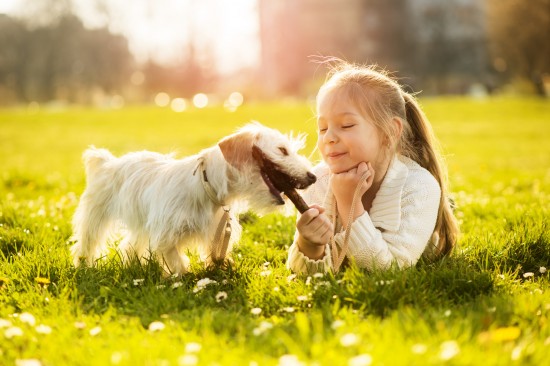 Why It Is Vital To Ensure That Your Children Do Not Tease Your Puppy
Why It Is Vital T
Why It Is Vital To Ensure That Your Children Do Not Tease Your Puppy
Why It Is Vital T
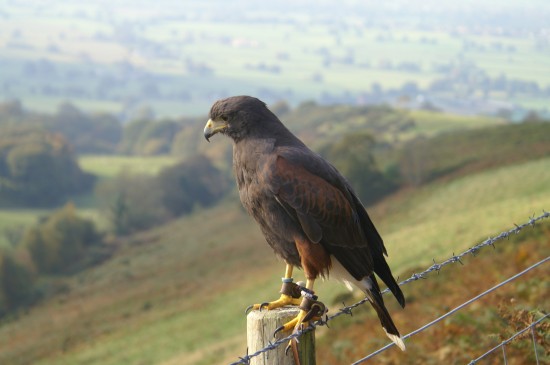 Guide To Beginning Falconry
Guide To Beginnin
Guide To Beginning Falconry
Guide To Beginnin
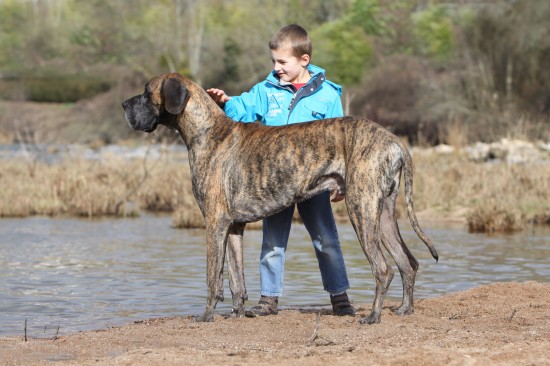 Stopping Larger Dogs From Jumping Up At You
Stopping Larger D
Stopping Larger Dogs From Jumping Up At You
Stopping Larger D
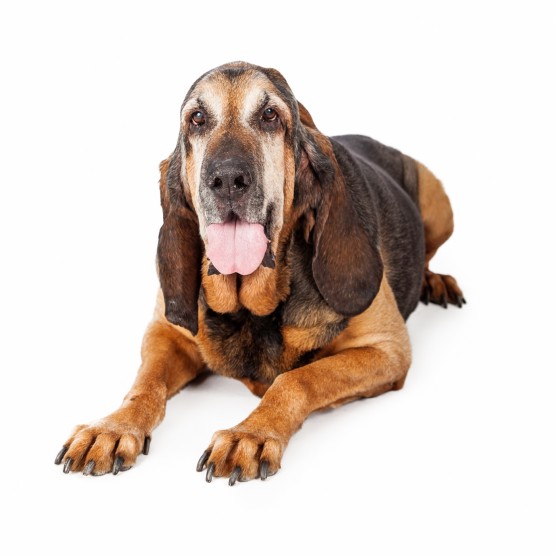 Bloodhound Trials - A Unique Canine Sport
Bloodhound Trials
Bloodhound Trials - A Unique Canine Sport
Bloodhound Trials
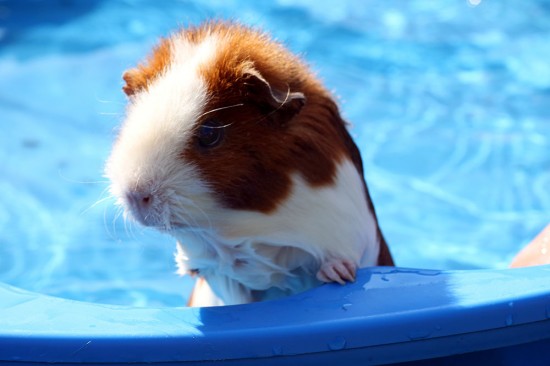 Can I Give My Guinea Pigs A Bath?
Can I Give My Gui
Can I Give My Guinea Pigs A Bath?
Can I Give My Gui
Copyright © 2005-2016 Pet Information All Rights Reserved
Contact us: www162date@outlook.com